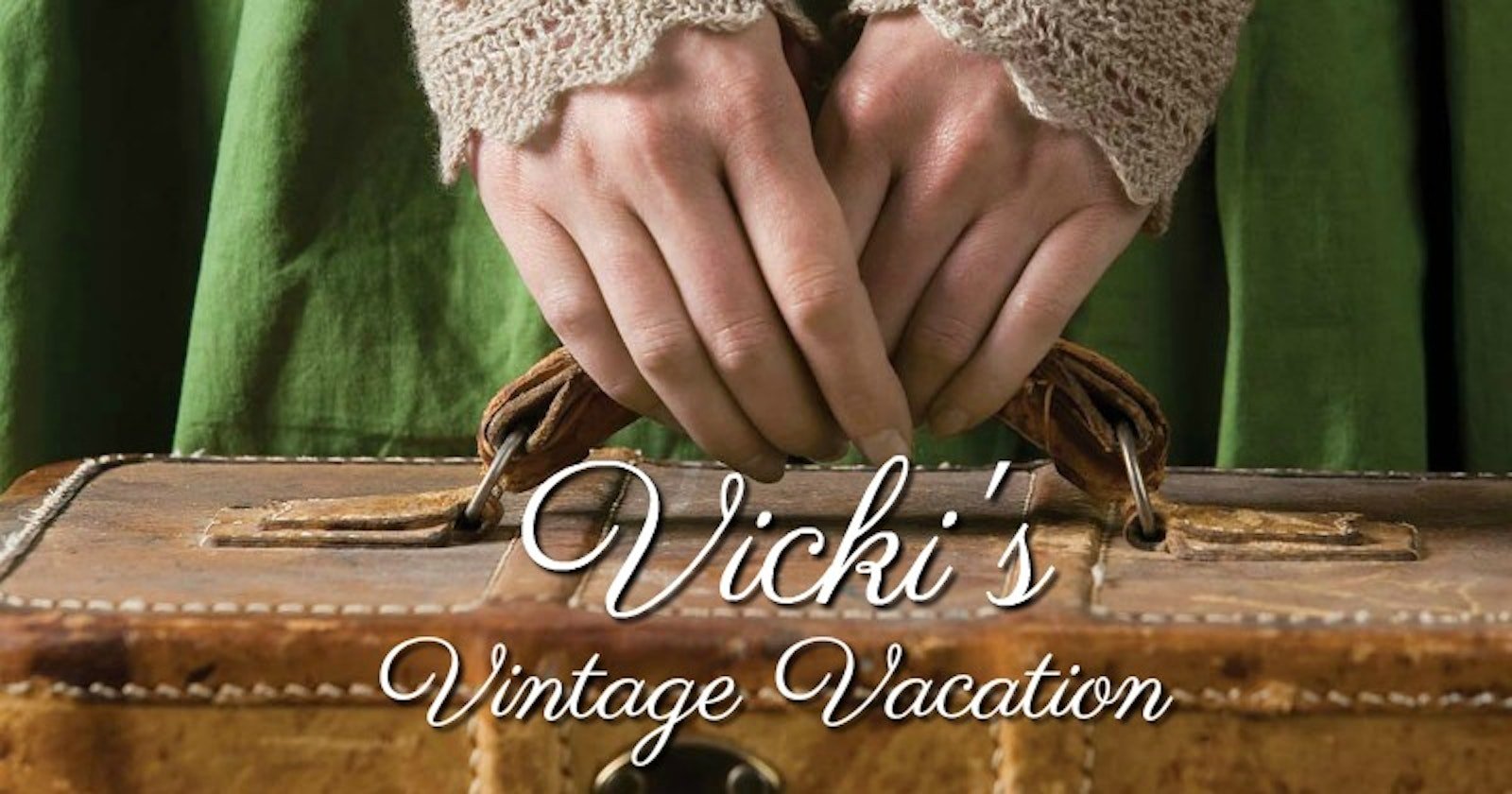Imagine putting pen to paper to communicate with someone. And then waiting days or weeks for a reply. I admit that our contemporary ways of immediacy with technology are beneficial, exciting, and addictive. Yet, while typing our thoughts into a computer is extremely effective and speedy, we miss the intimate tactile experience that connects us in a handwritten communiqué.
The Victorians were well versed in the actuality of writing. They wrote letters, invitations, and cards announcing visitors. They wrote notes, instructions, and made drawings. The materials and implements used in this rather artistic endeavor were simple: ink, paper, and a quill or pen with a nib. The basic kinds of paper made in the 1800s were rag, straw, manila, and wood pulp. The pen was commonly a quill, which is a molted wing feather from a large bird. Its end was shaved to a fine point with a slit cut to capture the ink and allow it to flow in a measured stream when consistent pressure was applied. Steel nibs were conceptually the same as a quill, but obviously had a much longer life span than a natural quill. Steel nibs, which were produced in Birmingham, England, in the early 1800s, would be inserted into a holder made of wood or bone that kept the nib stable. These pens were dipped into an inkwell to secure a small reserve of ink to write with. One had to repeatedly dip the pen for ink to continue writing.
Vicki Square’s adaptation of a Victorian-era penwiper. Photo by Vicki Square.
The process could be messy, and required some practice to achieve the equilibrium in proportioning ink to the specific pen tip. Clogs, blobs, spills, and other mishaps occurred. Of course, the end of a writing session saw the need to put away a pen clean and free of ink, dried or otherwise, ready to use again in future. To this end, the Victorians were creative and clever, inventing a small and useful item called, amazingly, a penwiper. The imagination runs wild . . .
Penwipers were for wiping excess ink out of the pen. They could be as simple as a stack of felted wool fabric circles, or as elaborate as small animal sculptures, in fabric or sterling silver, with a place for the cloth wipe. These ingenious little necessities were charming writing mascots inhabiting all well-appointed Victorian writing desks.
Weldon’s penwiper in the shape of a Turkish Fez.
You can knit a penwiper from Weldon’s Practical Knitter, Eleventh Series in the shape of a Turkish Fez. Just by looking at the illustration, you would have no indication of scale. It looks like a tall stocking hat to knit. But in the manner of Victorian surprises, this little penwiper could double as an egg cozy!
The inspiration was irresistible! I had to make one of my very own, to inhabit a space on my desk, which will have to be cleared off (let’s get real here) to showcase the new little addition to my writing landscape. Never mind that liquid ink will never touch the fibers of my little penwiper. The thrill was in the making, and the joy will be in the admiring.
Instructions to knit this little gem are fairly straightforward. However, I did change the order of the decrease sequence at the top shaping to create the spiral design shown in the drawing. I decreased as follows:
Round 41: K7, k2tog; repeat around. Round 42: K6, k2tog; repeat around.
Continue in this manner, following the Weldon’s text. I used Dalegarn Baby Ull, a beautiful fingering yarn, and I knit the penwiper on US size 0 (2 mm) needles, which is the equivalent of the British No. 14 steel needles required. Weldon’s recommended using bright Andalusian wool scraps—a stash project! I chose bright red for the main color and bright orange for the garter stitch brim. After the six rows for the brim, I knit two rounds plain with the orange before changing colors. This keeps the color change tucked on the inside of the work after the brim is turned up.
Vicki’s penwiper laid on its side to reveal the interior tassel. Photo by Vicki Square.
The brilliance of this design is the interior tassel in black, whereupon the excess ink is wiped and hidden from view. I made the interior tassel quite plump, so when inserting the pen into the center of the tassel the ink has little chance of bleeding out onto the bright outer color.
The tassel on top is a small embellishment to enrich the presentation of the piece.
I had a lovely afternoon of knitting and imagining the peaceful engagement of letter writing with quill in hand and the penwiper standing watch, ready for service. I daresay, it is a respite worth the effort, both the knitting and the scripting.
Cheerio!
Vicki
For more from Vicki Square, read “Vicki’s Vintage Vacation: Tips and Techniques for Knitting Stockings.” Read the entire series of Vicki's Vintage Vacations!




